Home>Gardening & Outdoor>Plant Care & Gardening Tips>How To Plant A Field With Native Wild Flowers
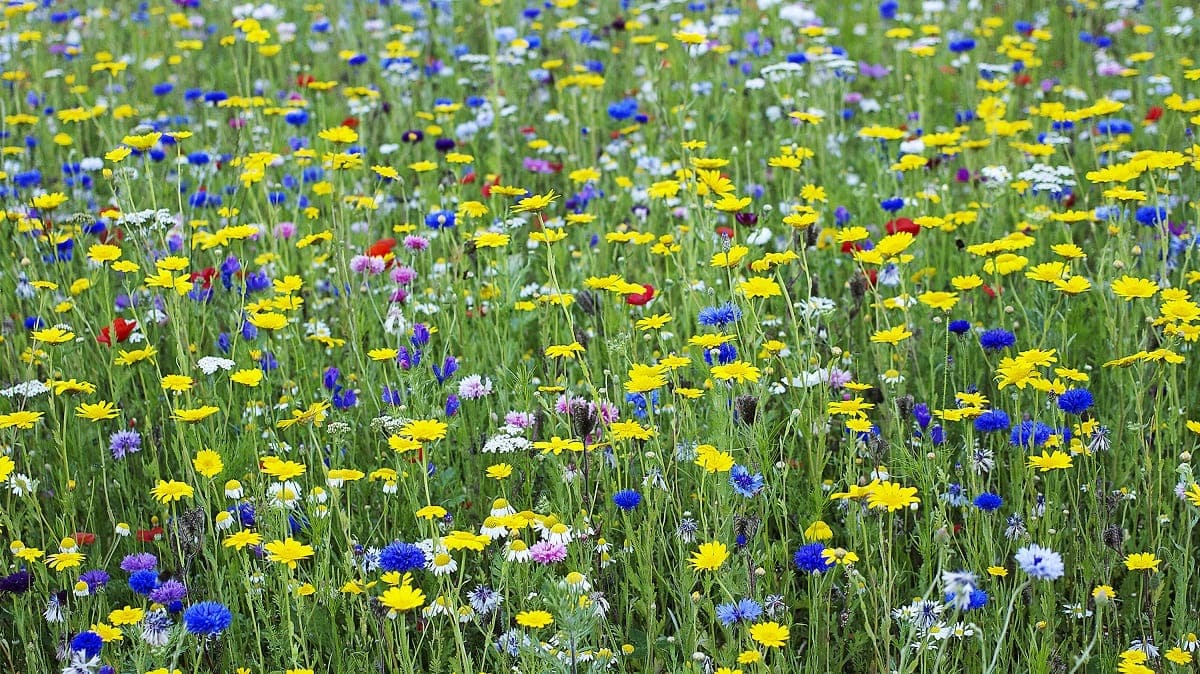

Plant Care & Gardening Tips
How To Plant A Field With Native Wild Flowers
Modified: January 4, 2024
Discover expert tips for planting a field with native wild flowers. Get essential plant care and gardening advice to create a vibrant and sustainable natural habitat.
(Many of the links in this article redirect to a specific reviewed product. Your purchase of these products through affiliate links helps to generate commission for Storables.com, at no extra cost. Learn more)
**
Introduction
**
Are you dreaming of a vibrant and ecologically diverse landscape that bursts with the colors of native wildflowers? Planting a field with native wildflowers can be a rewarding and environmentally friendly way to enhance the beauty of your surroundings while supporting local ecosystems. Whether you're a seasoned gardener or a novice enthusiast, creating a wildflower field is an enriching journey that allows you to connect with nature in a profound and sustainable way.
In this comprehensive guide, we'll walk you through the essential steps to successfully plant a flourishing field of native wildflowers. From selecting the perfect location to nurturing your wildflower meadow, each stage of the process is crucial for ensuring the long-term success of your endeavor. By the end of this journey, you'll be equipped with the knowledge and confidence to cultivate a mesmerizing expanse of native wildflowers that beckons with its natural charm and allure.
Let's embark on this captivating adventure and delve into the art of planting a field with native wildflowers. It's time to unleash your inner gardener and witness the magic of nature unfold before your eyes.
**
Key Takeaways:
- Embrace the journey of planting a wildflower meadow by choosing the right location, preparing the soil, and selecting native wildflowers to create a vibrant and sustainable ecosystem.
- Nurturing a wildflower field involves sowing seeds with care, providing attentive care, and supporting local pollinators to witness the captivating beauty of nature’s resilience and interconnectedness.
Read more: Where Is Wild Rice A Native Plant?
Choosing the Right Location
**
Before you embark on the enchanting journey of planting a field with native wildflowers, it’s essential to carefully select the ideal location for your wildflower meadow. The success of your wildflower planting endeavor hinges on choosing a site that aligns with the unique requirements of native wildflowers and fosters their growth and proliferation.
Here are some key considerations to keep in mind when selecting the right location:
Sunlight Exposure: Native wildflowers thrive in areas that receive an ample amount of sunlight. When scouting for the perfect location, prioritize spots that bask in full or partial sunlight throughout the day. This ensures that your wildflowers have access to the energy they need to flourish and bloom vibrantly.
Soil Quality: The composition and quality of the soil play a pivotal role in the success of your wildflower meadow. Native wildflowers are adept at thriving in specific soil types, so it's crucial to assess the soil composition of your chosen site. Look for well-drained soil with a balanced pH level, as this creates an optimal environment for wildflower growth.
Natural Drainage: Adequate drainage is essential for the health of your wildflower meadow. Avoid areas prone to waterlogging, as excessive moisture can impede the growth of native wildflowers and lead to root rot. Instead, opt for a location with natural drainage patterns that prevent water from accumulating and causing harm to the delicate wildflowers.
Local Climate: Consider the climate of your region when choosing a location for your wildflower field. Native wildflowers are inherently adapted to the local climate, so selecting a site that mirrors their natural habitat is paramount. By aligning with the native climate conditions, your wildflowers will be better equipped to thrive and endure seasonal fluctuations.
Environmental Impact: Assess the surrounding environment to gauge the potential impact on your wildflower meadow. Avoid areas near sources of pollution or invasive plant species, as these can detrimentally affect the health and biodiversity of your wildflowers.
By carefully considering these factors, you can identify a location that provides an optimal foundation for your wildflower meadow. Once you’ve found the perfect spot, you’re one step closer to bringing a breathtaking tapestry of native wildflowers to life.
**
Preparing the Soil
**
As you embark on the journey of planting a field with native wildflowers, the preparation of the soil is a crucial step that sets the stage for the successful growth and flourishing of your wildflower meadow. By nurturing the soil and creating an optimal environment, you pave the way for the vibrant and diverse tapestry of native wildflowers to thrive.
Here’s a comprehensive guide to preparing the soil for your wildflower field:
Clearing the Site: Begin by clearing the chosen site of any debris, rocks, or existing vegetation. This creates a clean canvas for sowing your wildflower seeds and prevents competition for resources. Be mindful to preserve any beneficial native plants that contribute to the local ecosystem.
Soil Testing: Conduct a soil test to assess the composition and pH level of the soil. This valuable insight allows you to make informed decisions about soil amendments and adjustments. Many native wildflowers thrive in well-drained soil with a slightly acidic to neutral pH, so amendments may be necessary to create an ideal growing environment.
Amending the Soil: Based on the results of the soil test, amend the soil as needed to optimize its quality for wildflower growth. Organic matter such as compost can be incorporated to enhance soil structure and fertility. Additionally, lime or sulfur may be applied to adjust the pH level and create a hospitable environment for native wildflowers.
Loosening the Soil: Use a garden fork or tiller to gently loosen the soil to a depth of a few inches. This aerates the soil, improves drainage, and creates a conducive environment for wildflower roots to establish and thrive. Avoid excessive tilling, as it can disrupt the natural soil structure and lead to the exposure of weed seeds.
Smoothing the Surface: After amending and loosening the soil, smooth the surface with a rake to create a level and uniform bed for sowing your wildflower seeds. This step facilitates even seed distribution and provides an optimal foundation for germination and growth.
By meticulously preparing the soil, you lay the groundwork for a flourishing wildflower meadow that teems with the beauty and resilience of native wildflowers. With the soil primed and ready, you’re poised to embark on the next phase of this captivating endeavor: selecting the perfect native wildflowers for your meadow.
**
Selecting Native Wildflowers
**
Choosing the right native wildflowers is a pivotal aspect of creating a captivating and ecologically beneficial wildflower meadow. Native wildflowers not only add a burst of color and charm to the landscape but also play a crucial role in supporting local pollinators, wildlife, and the overall biodiversity of the ecosystem. When selecting native wildflowers for your meadow, it’s essential to consider various factors to ensure a harmonious and thriving display of flora.
Here’s a guide to help you navigate the process of selecting native wildflowers for your meadow:
Research Native Species: Delve into the rich tapestry of native wildflowers that thrive in your region. Research local botanical resources, visit native plant nurseries, and consult with gardening experts to identify native wildflowers that are well-suited to your specific climate, soil type, and sunlight conditions.
Diversity and Complementarity: Aim for a diverse selection of native wildflowers that bloom at different times throughout the growing season. By incorporating a variety of species with staggered blooming periods, you can create a dynamic and ever-changing display of colors while providing continuous nectar and pollen sources for pollinators.
Consider Native Habitats: Take inspiration from the natural habitats where these native wildflowers thrive. Whether it’s sunny meadows, woodland edges, or moist prairies, aligning with the native habitats of the wildflowers can help you create an environment where they will thrive and contribute to the local ecosystem.
Supporting Wildlife: Choose native wildflowers that offer nectar, pollen, and seeds that support local pollinators, such as bees, butterflies, and hummingbirds. By nurturing a diverse array of native wildflowers, you can create a haven for these essential pollinators and contribute to the conservation of wildlife in your area.
Adaptability and Resilience: Prioritize native wildflowers that are resilient and well-adapted to your local climate and soil conditions. Selecting species that are naturally suited to the environmental factors of your region increases the likelihood of successful establishment and long-term sustainability of your wildflower meadow.
By thoughtfully curating a selection of native wildflowers that align with the unique attributes of your landscape and ecosystem, you set the stage for a mesmerizing and ecologically vibrant wildflower meadow. With the seeds of native wildflowers in hand, you’re ready to sow the essence of natural beauty and biodiversity across your chosen site.
**
Choose a sunny location with well-drained soil. Clear the area of grass and weeds. Scatter native wildflower seeds in the fall or early spring. Gently rake the seeds into the soil and water regularly until they establish.
Planting the Seeds
**
As you embark on the exhilarating journey of planting a field with native wildflowers, the act of sowing the seeds symbolizes the beginning of a captivating transformation. Planting native wildflower seeds is an artful process that requires attention to detail and a deep appreciation for the natural rhythms of growth and renewal. By carefully sowing the seeds, you breathe life into the landscape, ushering in a tapestry of colors and textures that harmonize with the surrounding environment.
Here’s a step-by-step guide to planting native wildflower seeds and nurturing their journey to fruition:
Timing and Season: Select the appropriate time to sow your native wildflower seeds, considering the climate and growing season in your region. In many areas, early spring or late autumn are favorable times for sowing, allowing the seeds to germinate and establish before facing the challenges of extreme temperatures.
Seed Preparation: Some native wildflower seeds benefit from scarification or stratification to break seed dormancy and promote germination. Research the specific requirements of the wildflower species you’ve chosen and prepare the seeds accordingly to optimize their potential for successful establishment.
Even Distribution: Prepare the sowing area by evenly spreading the native wildflower seeds across the soil surface. Depending on the size of your meadow, hand broadcasting or using a seed spreader can help ensure uniform coverage and prevent overcrowding of seeds in concentrated areas.
Light Covering: After sowing the seeds, lightly rake the soil to cover the seeds with a thin layer of soil. This helps protect the seeds from being consumed by birds or displaced by the wind while still allowing them access to the light they need for germination.
Watering and Patience: Gently water the sown area to provide moisture that supports germination. It’s important to maintain consistent moisture levels during the germination period, which may vary depending on the species of wildflowers. Exercise patience as the seeds awaken and begin their journey towards sprouting and growth.
Monitoring and Care: Regularly monitor the sown area for signs of germination and emerging seedlings. As the wildflowers begin to grow, provide appropriate care by ensuring they receive adequate water and protecting them from competing weeds until they become established.
By sowing the seeds of native wildflowers with care and intention, you breathe life into the landscape, nurturing the promise of a vibrant and biodiverse wildflower meadow. As the seeds awaken and embark on their journey of growth, you stand witness to the unfolding beauty and resilience of nature.
**
Read more: How To Plant Native Flowers In Fall
Caring for Your Wildflower Field
**
Once your native wildflower seeds have sprouted and begun their enchanting journey of growth, it’s essential to provide attentive care to ensure the long-term vitality and beauty of your wildflower field. Caring for a wildflower meadow involves nurturing the delicate balance between the wildflowers and the surrounding ecosystem, fostering an environment where native flora and fauna thrive in harmony.
Here are essential practices for caring for your wildflower field and supporting the flourishing of native wildflowers:
Watering: While native wildflowers are often resilient and adapted to local climate conditions, providing supplemental water during dry spells can bolster their growth and resilience. Water the wildflower meadow as needed, aiming to maintain moderate soil moisture without overwatering, which can be detrimental to some native species.
Weed Management: Regularly inspect the wildflower meadow for invasive weeds that may compete with native wildflowers for resources. Carefully remove any invasive plants by hand to prevent them from encroaching on the space and overshadowing the wildflowers. Mulching can also help suppress weed growth while retaining soil moisture.
Minimizing Soil Disturbance: To support the stability of the wildflower meadow ecosystem, minimize soil disturbance within the planting area. Avoid excessive foot traffic and the use of heavy machinery that can compact the soil and disrupt the delicate balance of the meadow’s ecosystem.
Supporting Pollinators: Native wildflowers play a crucial role in providing nectar and pollen for local pollinators. By nurturing a diverse array of native wildflowers, you create a haven for bees, butterflies, and other pollinators, contributing to the conservation of vital wildlife in your area. Avoid the use of pesticides that can harm pollinators and other beneficial insects.
Observation and Enjoyment: Take time to observe the ever-changing tapestry of colors and textures in your wildflower meadow. Embrace the beauty of the native wildflowers as they bloom and evolve throughout the seasons, offering a captivating display of nature’s artistry. Share the joy of your wildflower meadow with others, fostering an appreciation for the beauty and importance of native flora.
By tending to your wildflower field with care and mindfulness, you become a steward of a thriving ecosystem that celebrates the resilience and diversity of native wildflowers. As your wildflower meadow flourishes, it becomes a living testament to the harmonious coexistence of nature’s wonders.
**
Conclusion
**
The journey of planting a field with native wildflowers is a profound and enriching experience that transcends the act of gardening—it’s a celebration of nature’s resilience, beauty, and interconnectedness. As you’ve navigated the essential steps of this transformative endeavor, from choosing the right location to caring for your wildflower field, you’ve embarked on a journey that fosters a deep connection with the natural world and contributes to the preservation of local ecosystems.
By carefully selecting the ideal location, you’ve provided a nurturing environment where native wildflowers can thrive, adding a vibrant tapestry of colors and textures to the landscape. Through thoughtful soil preparation and the selection of native wildflowers, you’ve woven a living mosaic that supports local pollinators, wildlife, and the overall biodiversity of the ecosystem.
As you planted the seeds of native wildflowers, you breathed life into the soil, ushering in a transformation that unfolds with each delicate sprout and blossoming bloom. Your attentive care and stewardship of the wildflower field have nurtured a haven for native flora and fauna, fostering a harmonious coexistence that reverberates through the surrounding landscape.
As the seasons unfold, your wildflower meadow becomes a living canvas that evolves with nature’s rhythms, offering a captivating display of resilience and renewal. It beckons to all who behold it, inviting them to marvel at the intricate dance of life that unfolds within its blossoms and foliage.
May your wildflower meadow stand as a testament to the profound impact of nurturing native flora, inspiring others to embrace the beauty and importance of preserving the natural heritage that surrounds us. As you continue to tend to your wildflower field, may it serve as a reminder of the interconnectedness of all living beings and the transformative power of cultivating a thriving ecosystem.
With each wildflower that graces your meadow, you’ve sown the seeds of a sustainable and biodiverse future, where the beauty of native flora flourishes and the legacy of your stewardship endures for generations to come.
Frequently Asked Questions about How To Plant A Field With Native Wild Flowers
Was this page helpful?
At Storables.com, we guarantee accurate and reliable information. Our content, validated by Expert Board Contributors, is crafted following stringent Editorial Policies. We're committed to providing you with well-researched, expert-backed insights for all your informational needs.
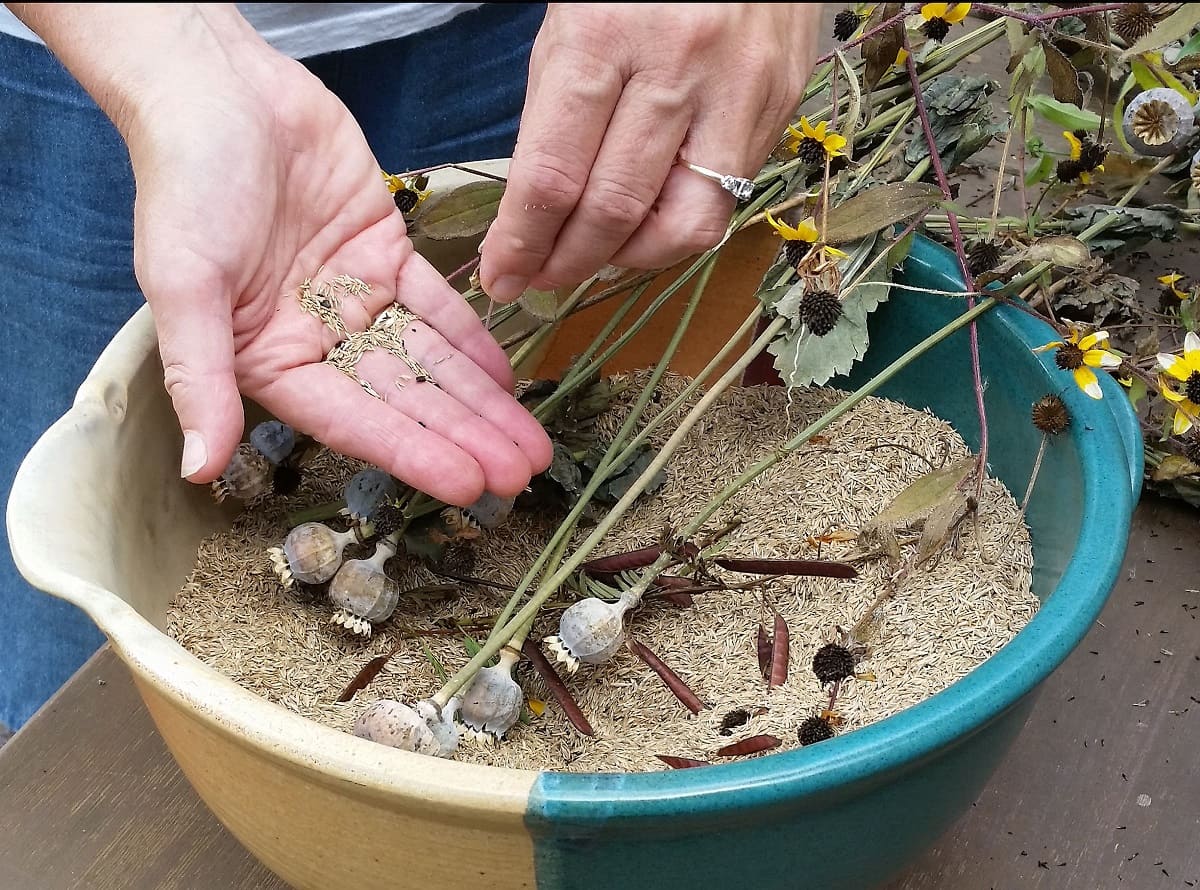
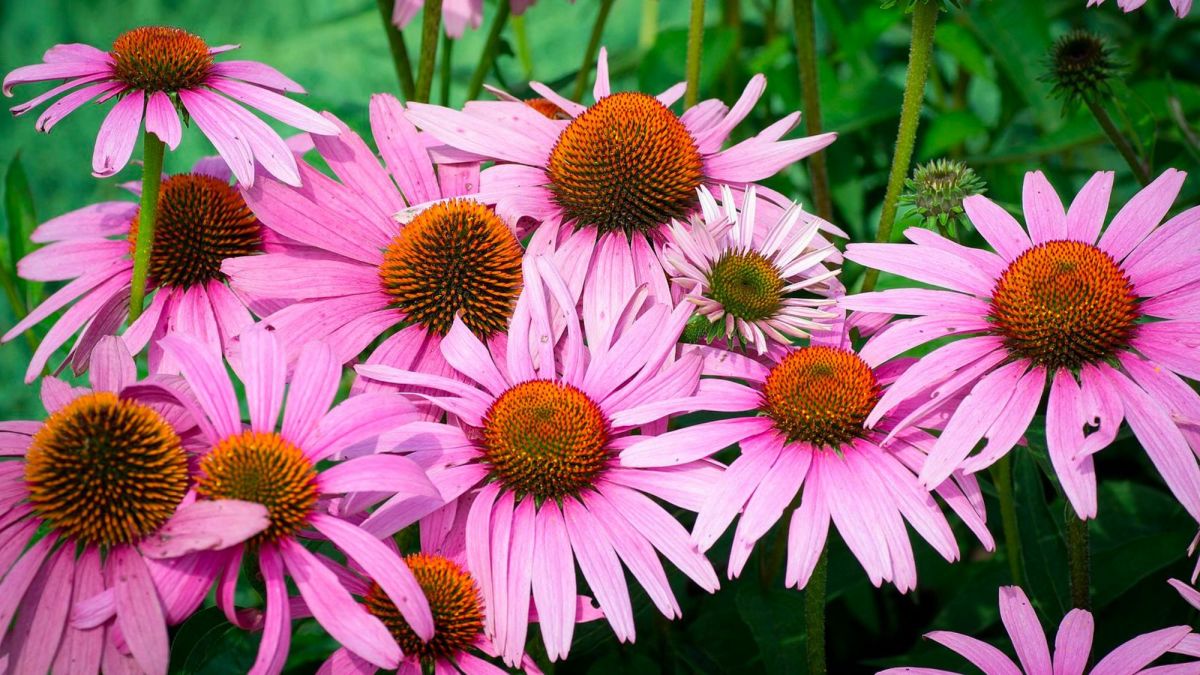
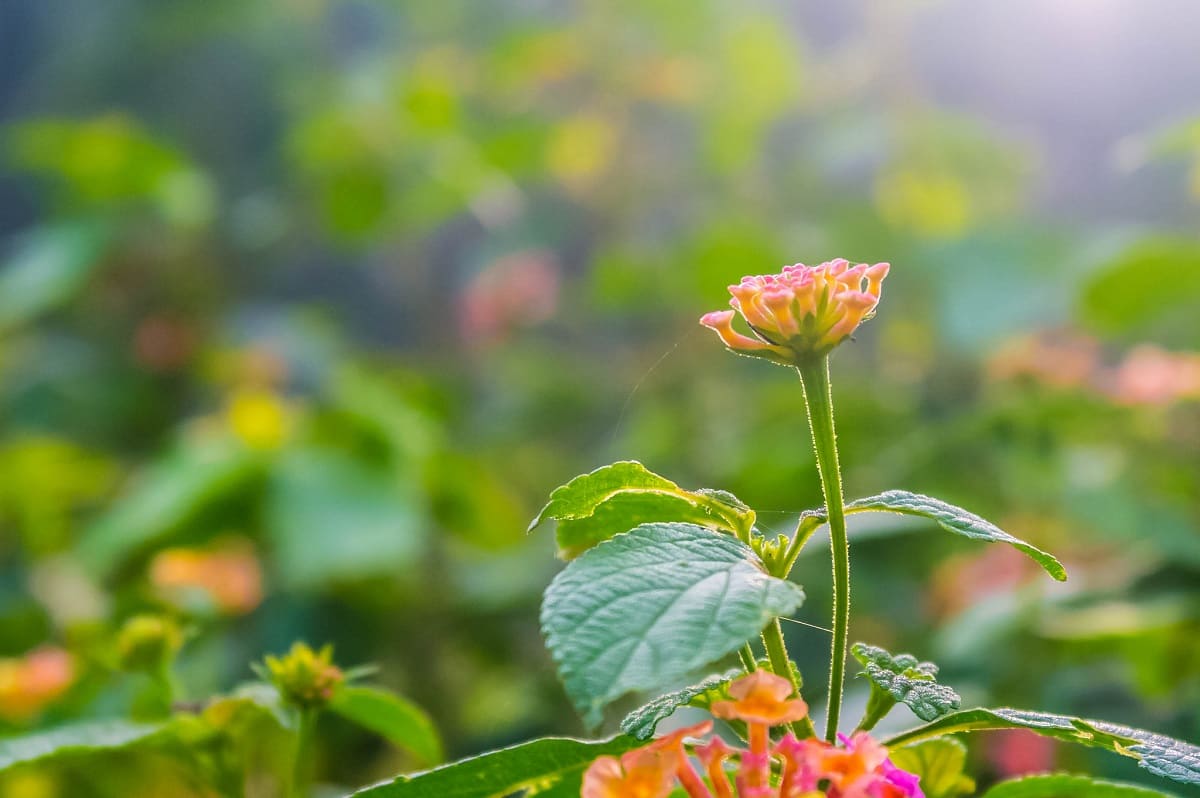
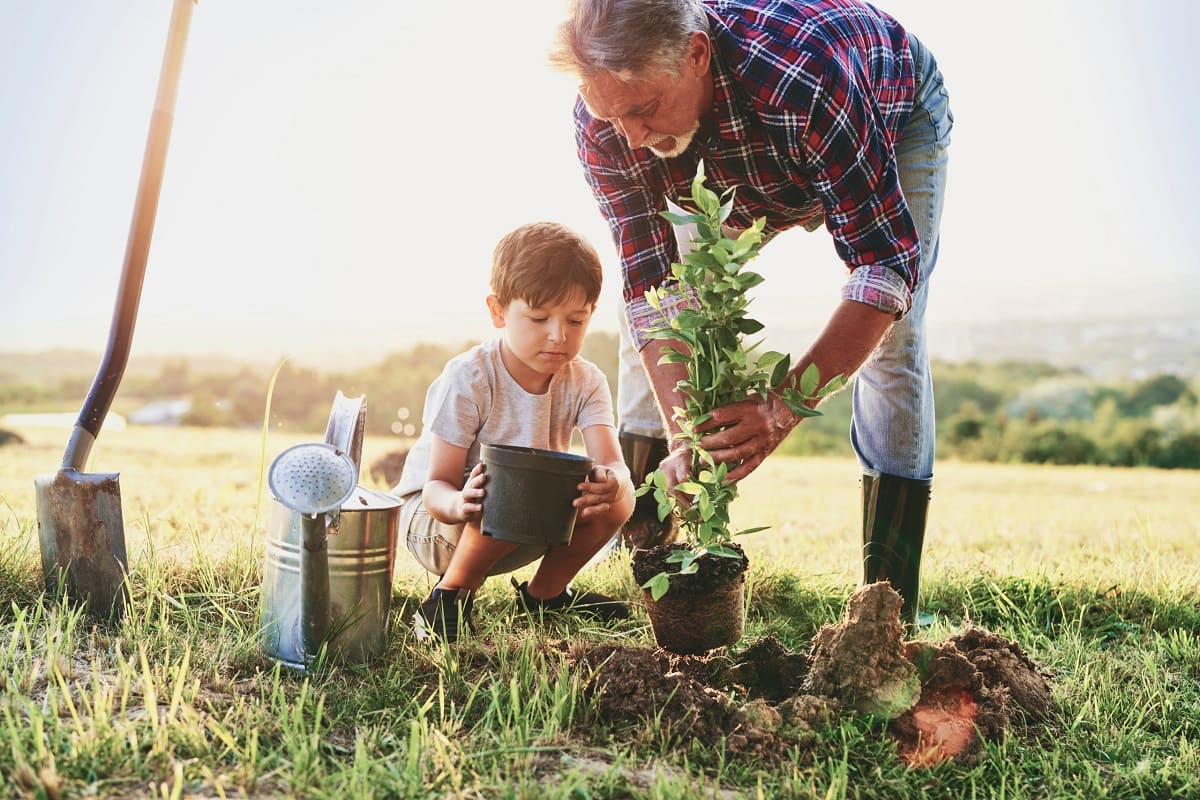
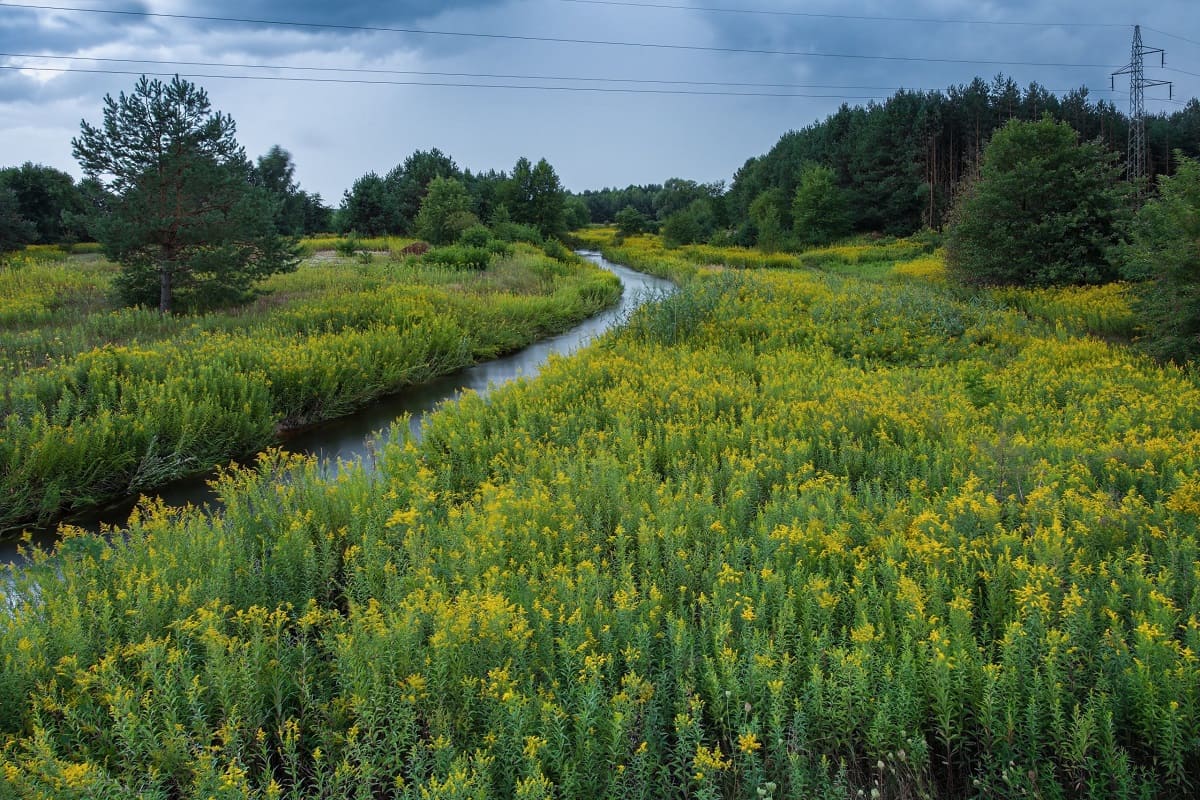
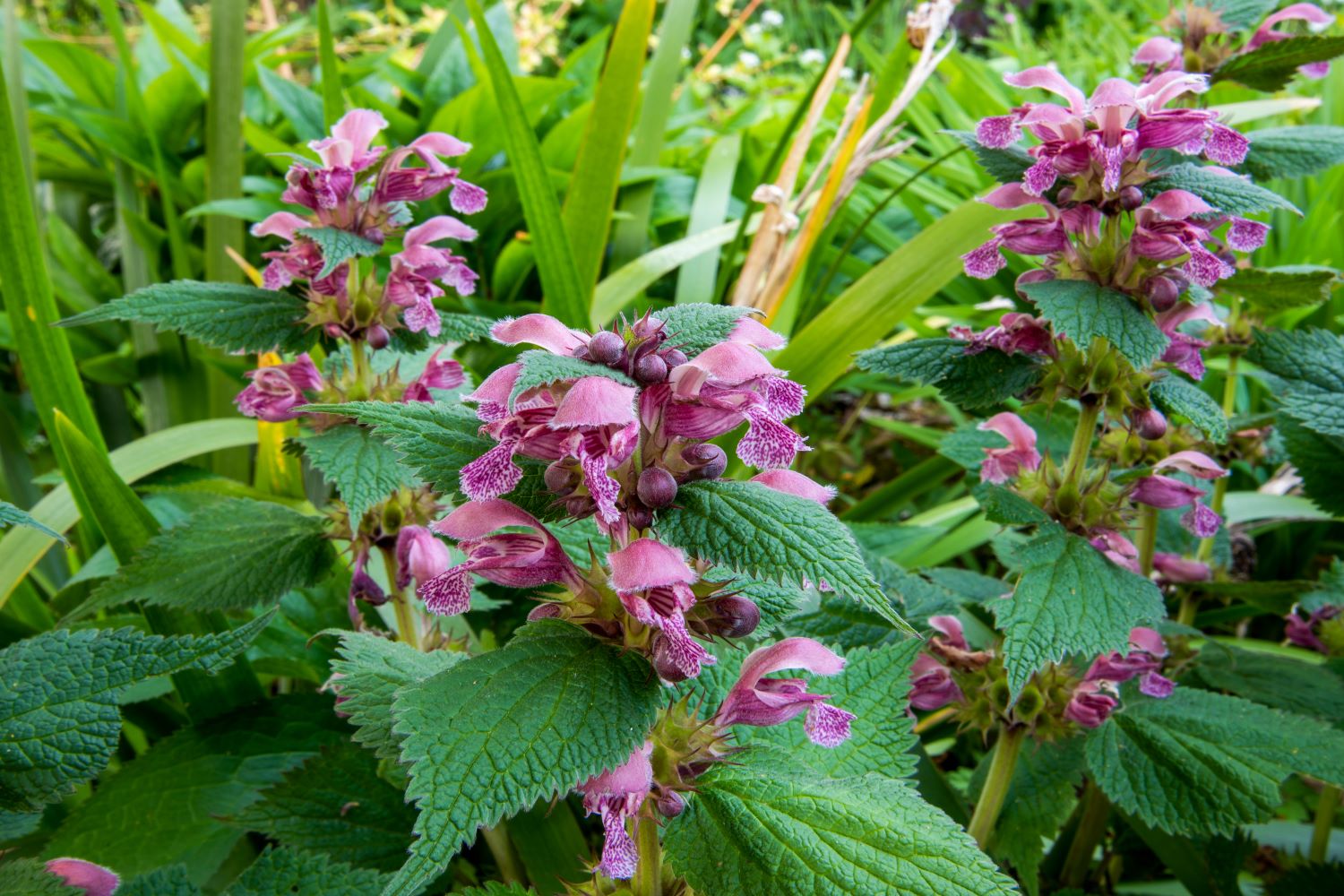
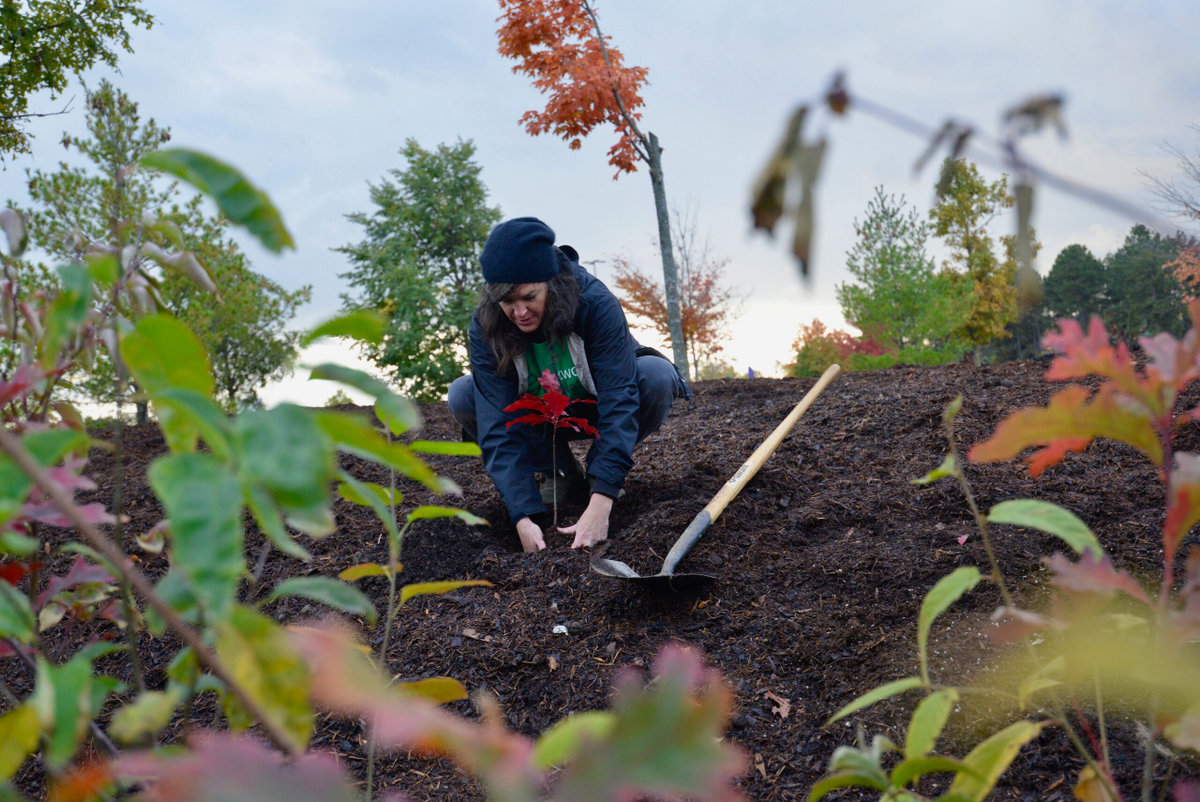

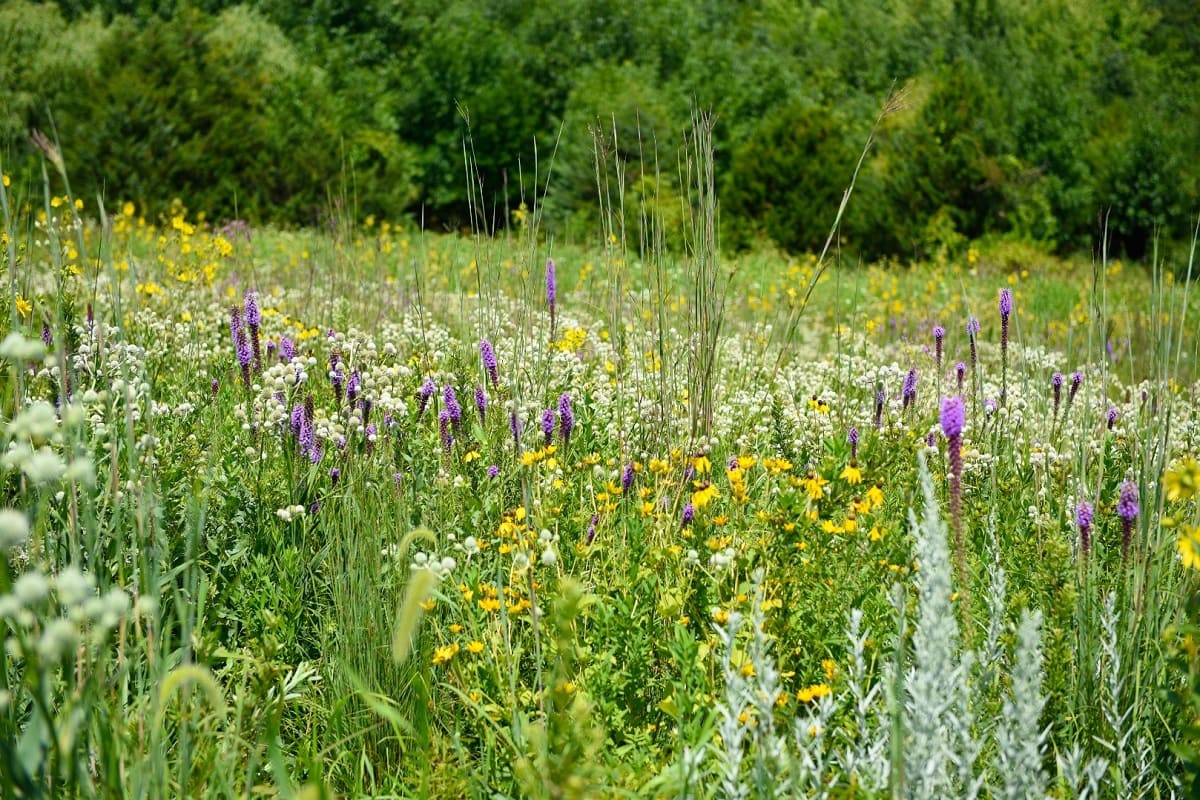
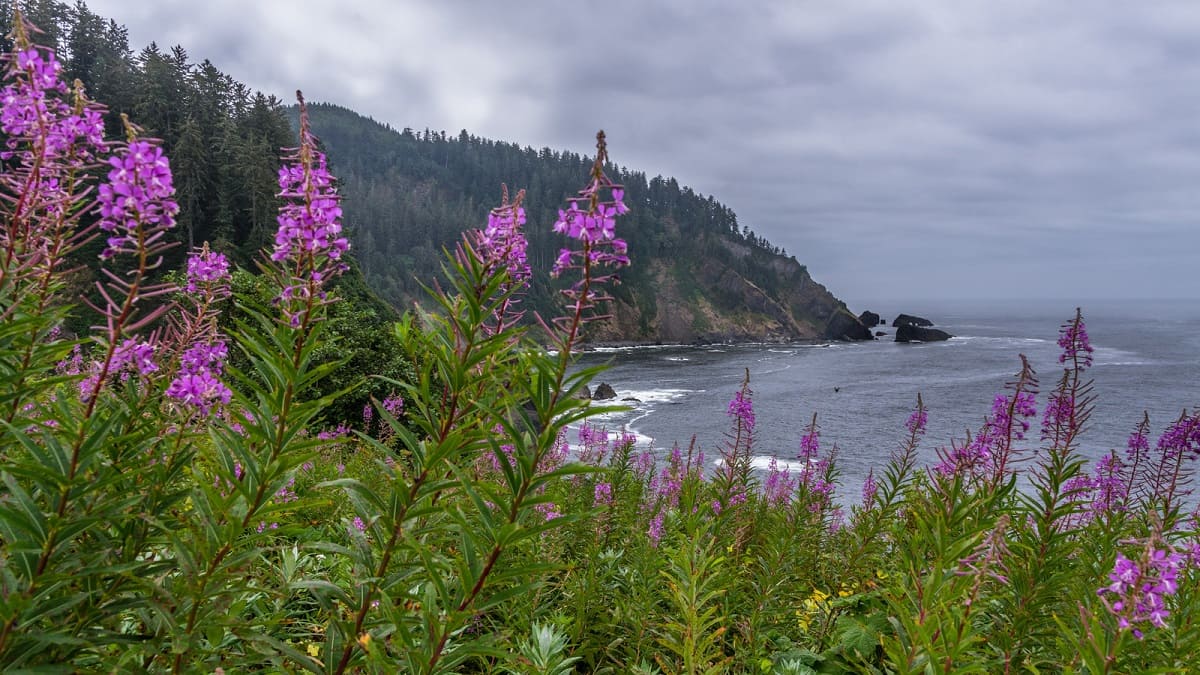
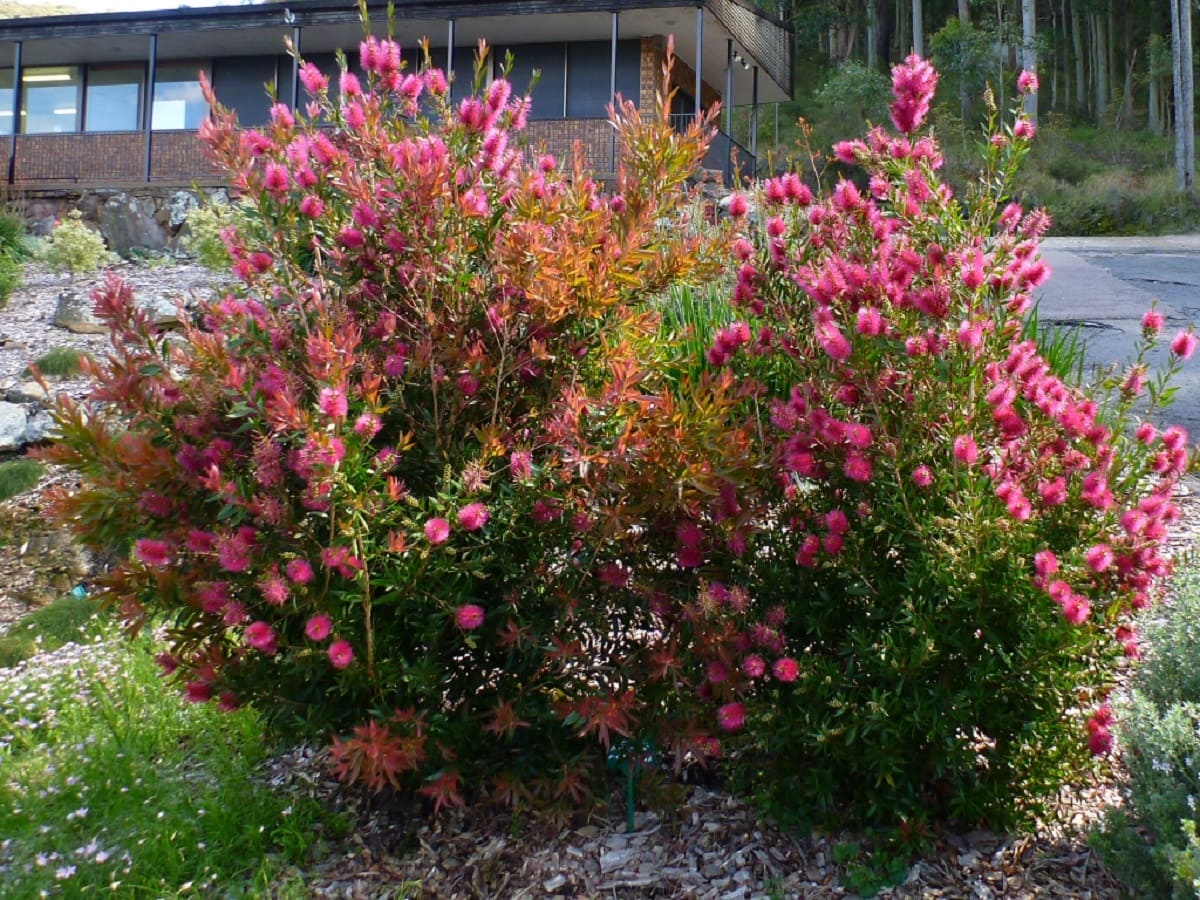
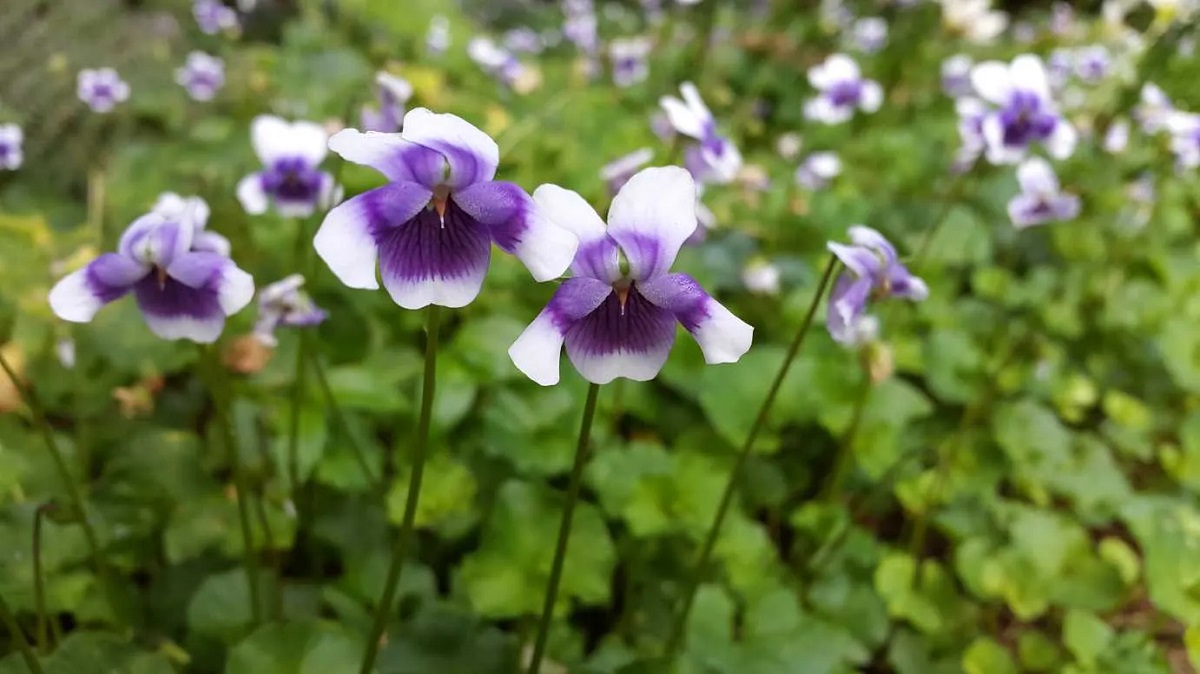
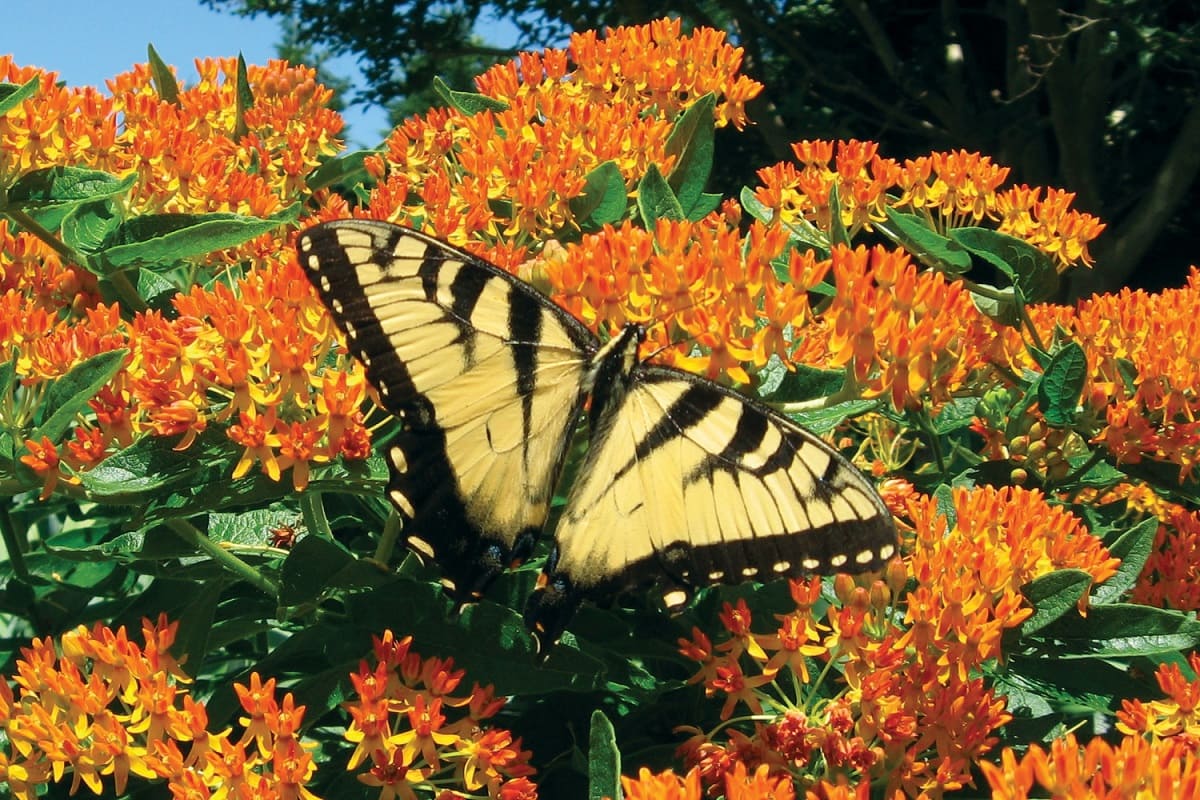
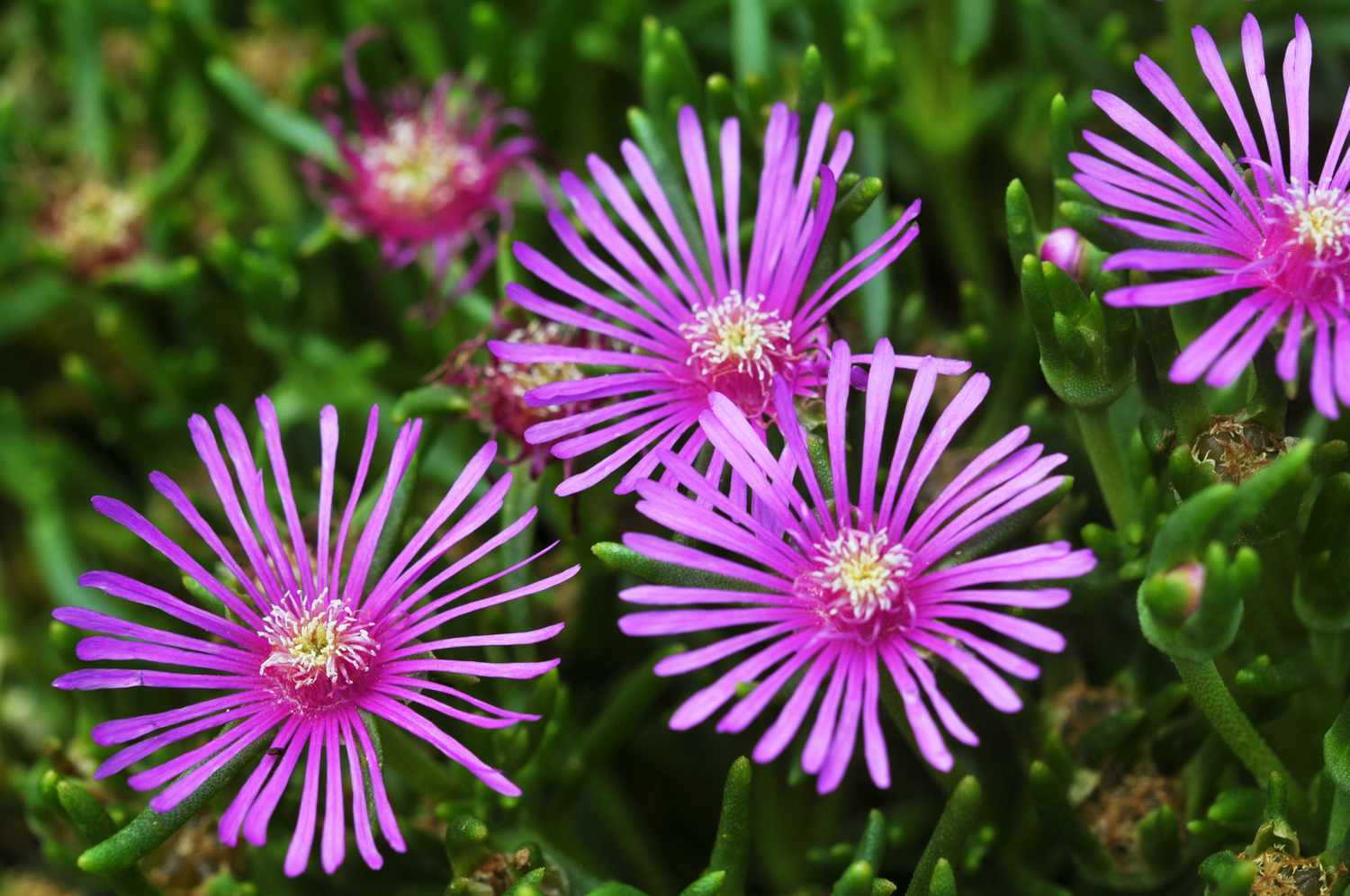

0 thoughts on “How To Plant A Field With Native Wild Flowers”